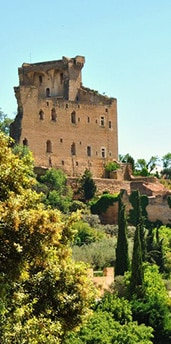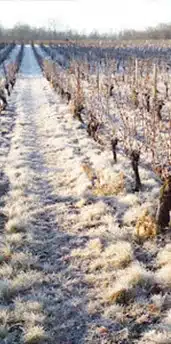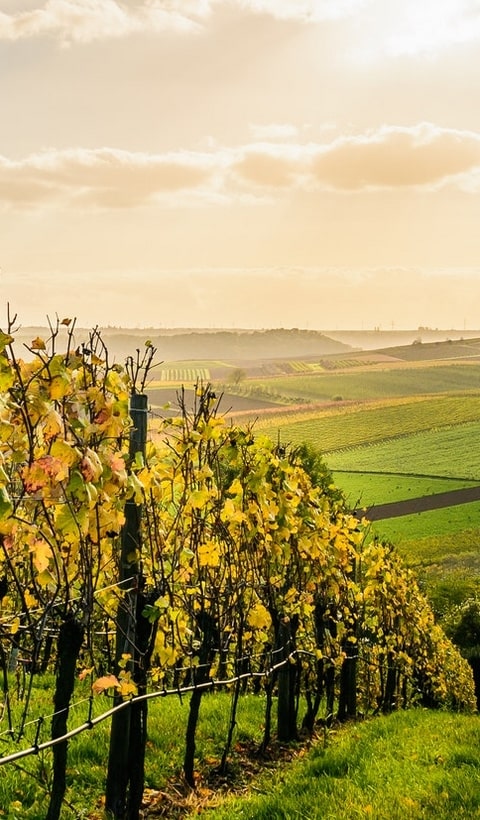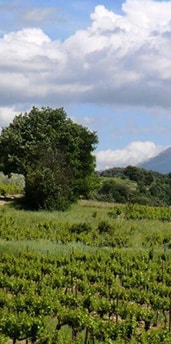Châteauneuf-du-Pape climate
The Climate of Châteauneuf-du-Pape: A Terroir Shaped by Nature
Châteauneuf-du-Pape ‘s climate is a key element in shaping the quality and unique character of its wines. Located in the
🌞 Hot, dry summers: ideal for ripening
The summer months (June to September) are marked by high temperatures, often in excess of 30°C during the day. Maximum temperatures can sometimes reach 35°C, favoring optimal ripening of the grapes and concentration of sugars and aromas.
✔ Average maximum summer temperature: 31°C
✔ Abundant sunshine: Nearly 2,800 hours of sunshine per year, making it one of the sunniest climates in France.
✔ Low rainfall: Less than 700 mm of rain per year, reducing the risk of vine diseases.
The pebbly soils play a key role in storing heat during the day and releasing it at night, accelerating berry ripening and enhancing tannin concentration.
❄️ Mild and mild winters
Unlike other French wine regions, winters in Châteauneuf-du-Pape are relatively mild.
✔ Average minimum winter temperature: 2°C
✔ Rare severe frosts: Temperatures rarely dip below -3°C.
✔ Moderate rainfall: Most precipitation occurs in autumn and winter, recharging soils with water before vines start growing again in spring.
These moderate temperatures prevent major frost damage, while ensuring that the vines remain dormant.
🌦️ A Delicate Autumn: The Impact on the Harvest
Autumn is a crucial period for the grape harvest, which lasts from mid-September to October. The weather at this time can have a decisive impact on the quality of the vintage.
✔ S till-warm days (20-25°C) allow ripening to be finalized.
✔ Cool nights (8-12°C) favor the conservation of aromas and acidity.
✔ The risk of rain is limited, but a late storm episode may influence grape concentration.
That’s why weather monitoring is essential: winegrowers keep a close eye on the weather to choose the ideal moment for harvesting and guarantee an optimal crop.
🌬️ The Mistral: A Beneficial Wind
The Mistral, a cold, dry wind from the north, blows regularly over Châteauneuf-du-Pape and has a strong influence on the vineyards:
✔ It protects the vine by rapidly drying out leaves and bunches, reducing the risk of diseases such as mildew and powdery mildew.
✔ It promotes the concentration of aromas by limiting the dilution of juice in grapes after a rain.
✔ It enhances the freshness of wines by moderating excess summer heat.
This powerful wind can reach 100 km/h, forcing winegrowers to prune their vines into goblets to better protect them from the wind.
A unique climate for a great wine
Châteauneuf-du-Pape ‘s climate is an essential element that shapes the identity of its wines. With



